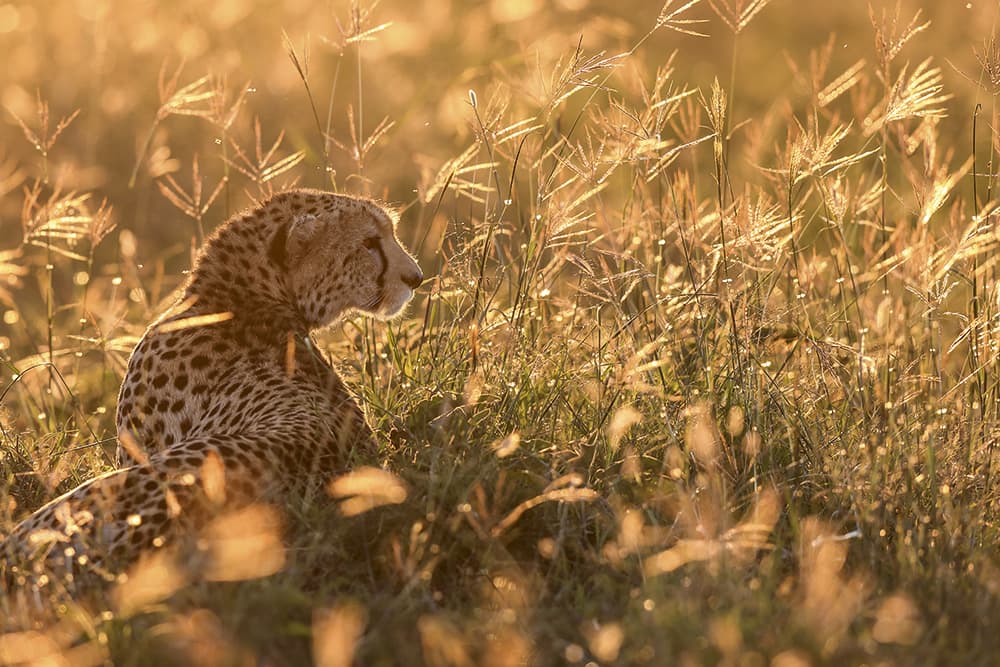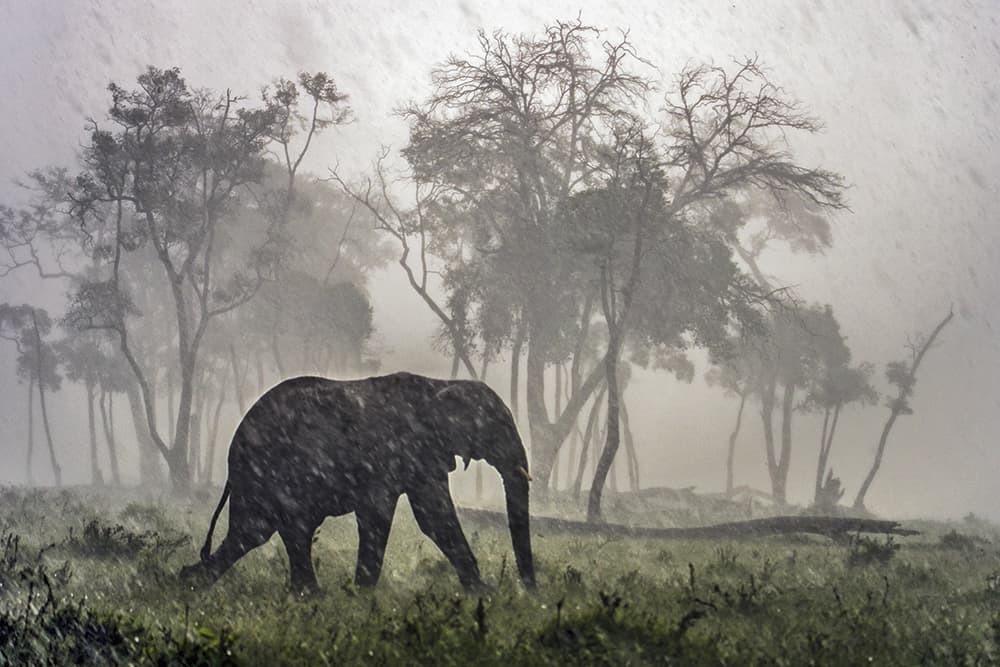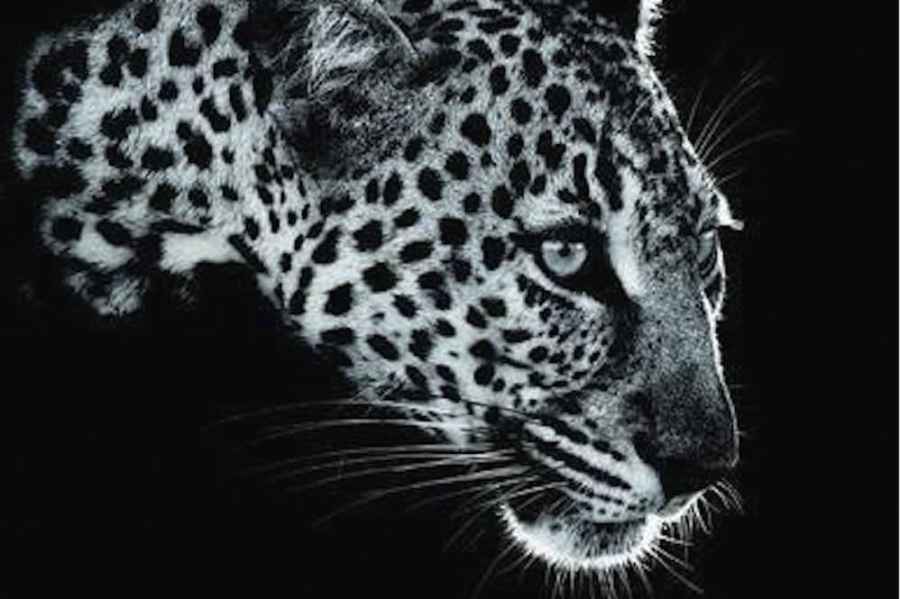
A question we ask of many photographic genres in this magazine is, what purpose does it serve? What makes a good landscape, street or portrait image? What should a viewer feel and experience when they see it? These are also the questions to ask of nature photography when flicking through the pages of this new book from author and wildlife photographer couple, Angela and Jonathan Scott.
They’ve worked for several years to raise awareness of the awe-inspiring and boundless beauty of nature. However, their aim is not simply to highlight beautiful animals and their habitats. Instead, it is to show us what we stand to lose if man’s rapacious nature continues unabated.
Our planet’s ecosystem is undergoing a radical and perhaps irreversible shift. As John Higgs in his book Stranger Than We Can Imagine points out, extinctions are occurring at a horrifying rate – somewhere between 100 and 1,000 times the normal background level. We’re now in what has become known as the ‘sixth extinction’. To put it in context, the fifth great extinction occurred 65 million years ago when a comet or asteroid destroyed 75% of the planet’s plant and animal species, including the dinosaurs. That’s where we are now, except the extinction is spreading like a cancer across the planet.
It’s with this in mind that the work of photographers such as Jonathan and Angela Scott becomes all the more vital. When AP talked to Art Wolfe (Nature and nurture, 10 December) he made the valid point that people are affected by the visual. People respond to images, and when there’s a beautiful or impactful image that actually connects people to things – such as animals – they may not otherwise encounter, then that serves to hit them on an emotional level. Statistics are dry and abstract; images are something we can relate to.

Landscapes in danger
The Scotts – perhaps best known for the popular BBC One TV series Big Cat Diary – understand this. Having spent much of their adult lives investigating, exploring and studying the incredible open wilderness of Africa, they know their beloved landscapes are in danger of vanishing. It’s timely, then, that this book should come out now.
They live in Lang’ata, close to Nairobi National Park, and workwise are based largely around the Maasai Mara National Reserve in south-west Kenya. It’s the perfect platform for the pair to photograph and study the range of subjects that make up the body of work featured in Sacred Nature.
The work of the Scotts has been known to focus mostly on big cats, but here we see that’s not necessarily true. In fact, theirs is an all-encompassing project that features just about every aspect of the wildlife that walks the African landscape. That includes the people who live there, such as the Maasai herdsmen and their families. That’s perhaps the greatest lesson of this book: the symbiotic relationship between man and the land. As the Scotts point out, there once was a time when man and nature lived in balance and harmony, yet now we seem determined to destroy the planet that once acted as our cradle.

If you are at all familiar with the work of the Scotts, you’ll understand that there is real strength in their images, particularly in their black & white work. Like all good wildlife photography, the images are not mere documents. Instead, we find ourselves actually drawn into the world of these animals. The images are, at times, masterclasses in how to photograph wildlife within its environmental context. It’s a generous book as well; huge and beautifully produced. It is clear that a great deal of care has gone into its presentation and it is well worth the attention of anyone with even a cursory interest in images of the natural world.
Ultimately, this is a book that is not only a great collection of images and a stark warning about the consequences of inaction in the face of impending catastrophe but also a glimpse into the Scotts themselves and their relationship that has endured throughout such an incredible career. Clearly they are a pair with an intrinsic understanding of one another’s methods. As a result, we have a book that is incredible, beautiful and very moving.
SCORE: 5 out of 5

Published by HPH Publishing
Price £39, hardback, 288 pages
ISBN 978-0-99469- 240-5







